Cosmic Inflation’s Five Great Predictions
A “speculative” theory no more; it’s had four of them confirmed.
“Scientific ideas should be simple, explanatory, predictive. The inflationary multiverse as currently understood appears to have none of those properties.” –Paul Steinhardt, 2014
When we think about the Big Bang, we typically think about the origin of the Universe: the hot, dense, expanding state where everything came from. By noticing and measuring the fact that the Universe is expanding today — that the galaxies are getting farther apart from one another in all directions — we can not only determine what the fate of the Universe will be, but where it all came from.
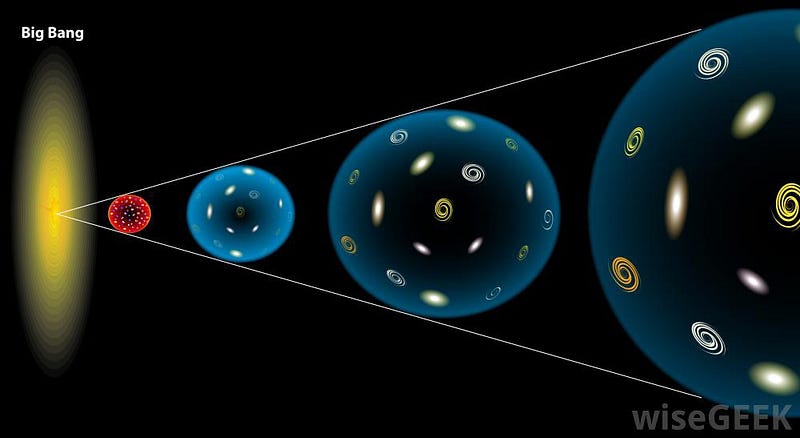
Only, there are a number of puzzles that this hot, dense state brings up, including:
- Why are widely-separated, different regions of space — places that have not had time to exchange information since the dawn of time — filled with the same exact density of matter and temperature of radiation as one another?
- Why is the Universe, which would have recollapsed if there were more matter than the initial expansion could handle, or would have expanded into oblivion if there were less matter than the expansion was built for, so perfectly balanced between the two?
- And where, if the Universe was once back in this ultra-hot, ultra-dense state, are all of these high-energy, relic particles (like magnetic monopoles) that should theoretically be around today, and easy to find?
The solution to this came back in late 1979/early 1980, when Alan Guth put forth the theory of cosmic inflation.
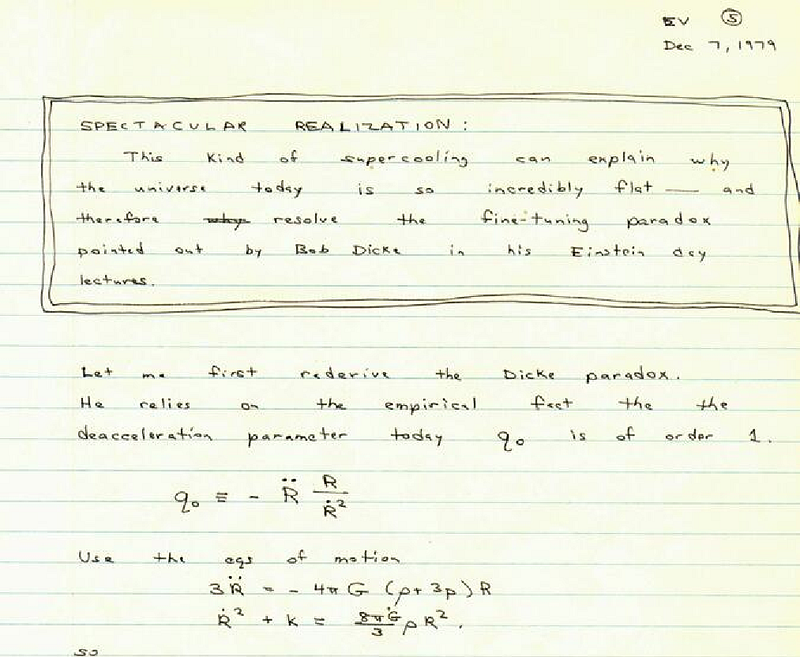
By postulating that the Big Bang was preceded by a state where the Universe wasn’t filled with matter-and-radiation, but rather by a huge amount of energy inherent to the fabric of space itself, Guth was able to solve all of these problems. In addition, as the 1980s progressed, further developments occurred that made it clear that, in order for inflationary models to reproduce the Universe we saw:
- to fill it with matter-and-radiation,
- to make the Universe isotropic (the same in all directions),
- to make the Universe homogeneous (the same in all locations),
- and to give it a hot, dense, expanding state,
there were quite a few classes of models that could do it, as developed by Andrei Linde, Paul Steinhardt, Andy Albrecht, with additional details worked out by people like Henry Tye, Bruce Allen, Alexei Starobinskii, Michael Turner, David Schramm, Rocky Kolb and others.
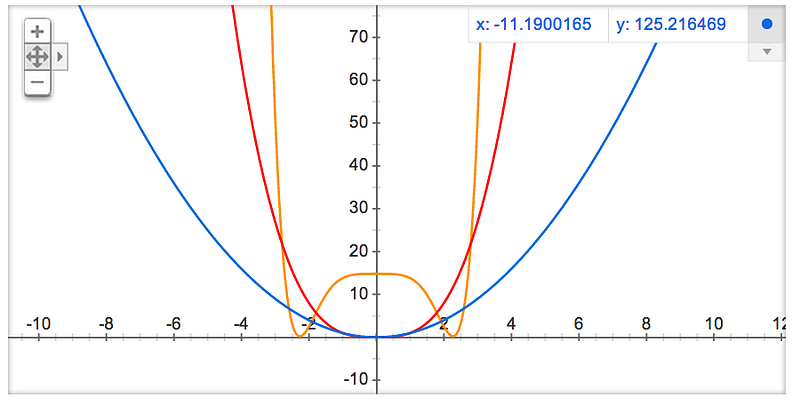
What we found was quite remarkable: two generic classes of models gave us everything we needed. There was new inflation, where you had a potential that was very flat at the top and that the inflaton field could “roll down, slowly” to reach the bottom, and there was chaotic inflation, where you had a U-shaped potential that, again, you’d roll down slowly.
In both these cases, your space would expand exponentially, be stretched flat, have the same properties everywhere, and when inflation came to an end, you’d get back a Universe that very much resembled our own. In addition, you’d also get five extra, new predictions out, things that all had not yet been observed at the time.
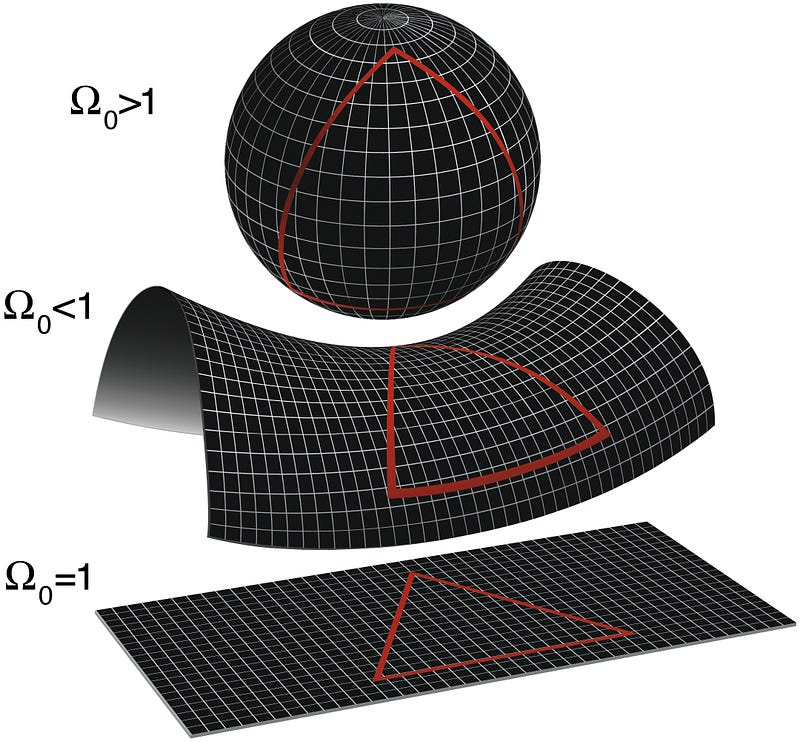
1.) A Flat Universe. Back in the early 1980s, we had completed large surveys of galaxies, galaxy clusters, and had begun understanding the large-scale structure of the Universe. Based on what we were seeing, there were two numbers that we could measure:
- The critical density of the Universe, or what the matter density would need to be to keep the Universe perfectly balanced between the recollapsing eventually case and the expanding forever case.
- The actual matter density of the Universe, not just from the luminous matter, gas, dust and plasma that we see, but from all sources, including dark matter, that exert a gravitational force.
What we found, quite consistently, was that the second number was only somewhere between about 10% and 35% the first number, depending on whose numbers you used. In other words, the Universe had significantly less matter than the critical density, implying an open Universe.
But inflation predicted a flat Universe. It takes a Universe of whatever shape you had before and stretches it flat, or at least indistinguishable from flat. A number of people worked to contrive inflationary models that could give you negative curvature (corresponding to an open Universe), but they were wholly dissatisfying.
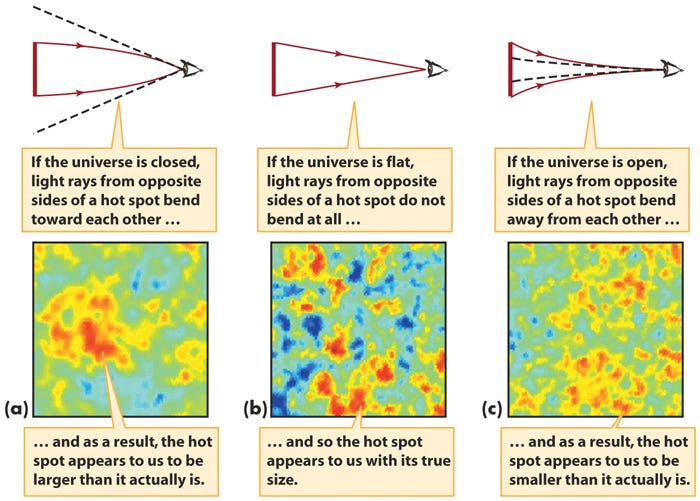
With the advent of dark energy as a result of the supernova observations in 1998, combined later with the WMAP data from the first release in 2003 (and the Boomerang data a few years prior), we came to understand that the Universe was, in fact, flat, and that the reason the matter density was low was because there was this new form of energy that was totally unexpected.
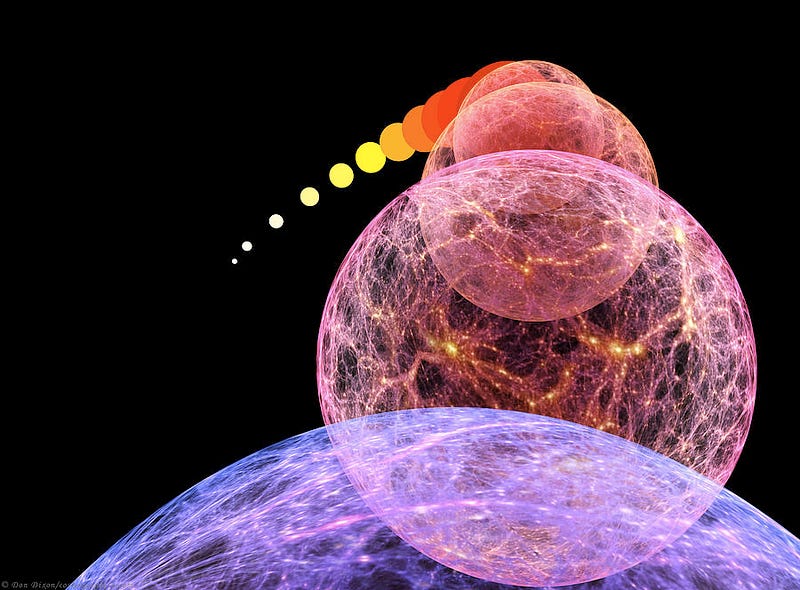
2.) A Universe with fluctuations on scales larger than light could’ve traveled across. Inflation — by causing the space of the Universe to expand exponentially — causes what happens on very small scales to get blown up to much larger ones. Our Universe today has an inherent uncertainty down on quantum scales, small fluctuations in energy due to Heisenberg’s uncertainty principle.
But during inflation, those small-scale energy fluctuations should have been stretched across the Universe onto gigantic, macroscopic scales that should wind up spanning the entire visible Universe! (And honestly, beyond that too, although we can’t quite observe that anything beyond the observable Universe.)
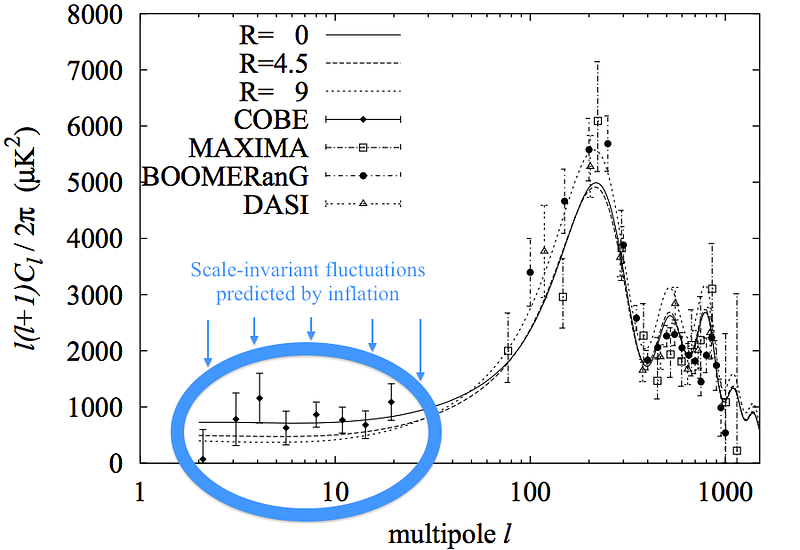
Yet when we looked at the fluctuations in the cosmic microwave background on the largest scales, some thing that COBE was able to do in 1992, we found that these fluctuations were there. As WMAP improved upon COBE, we were able to measure their magnitude and see that, indeed, they are in line with what inflation had predicted.
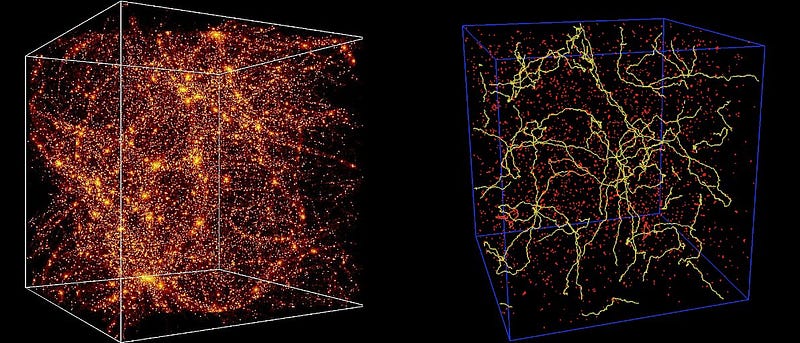
3.) A Universe whose fluctuations were adiabatic, or of equal entropy everywhere. Fluctuations could have come in different types: adiabatic, isocurvature, or a mixture of the two. Inflation predicted that these fluctuations should have been 100% adiabatic, and that meant very specific things for both the CMB as WMAP would have measured it and also for large-scale structure, as surveys like 2dF and SDSS would have measured it. If the CMB and large-scale structure fluctuations are correlated, they’re adiabatic, and if not, they can be isocurvature in nature. If the Universe had a different set of fluctuations, we wouldn’t have learned about it, realistically, until the 2000s!
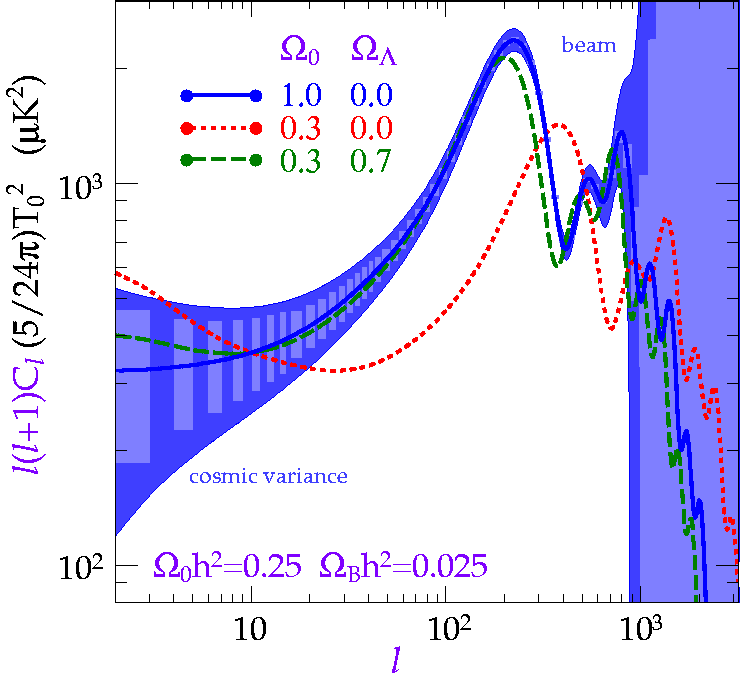
Yet this is taken for such granted, given the other successes of inflation, that the confirmation of adiabatic fluctuations from those combined data sets was given no accolades at all. It was simply a confirmation of what we already “knew,” although in reality, it was no less groundbreaking than any other confirmation.
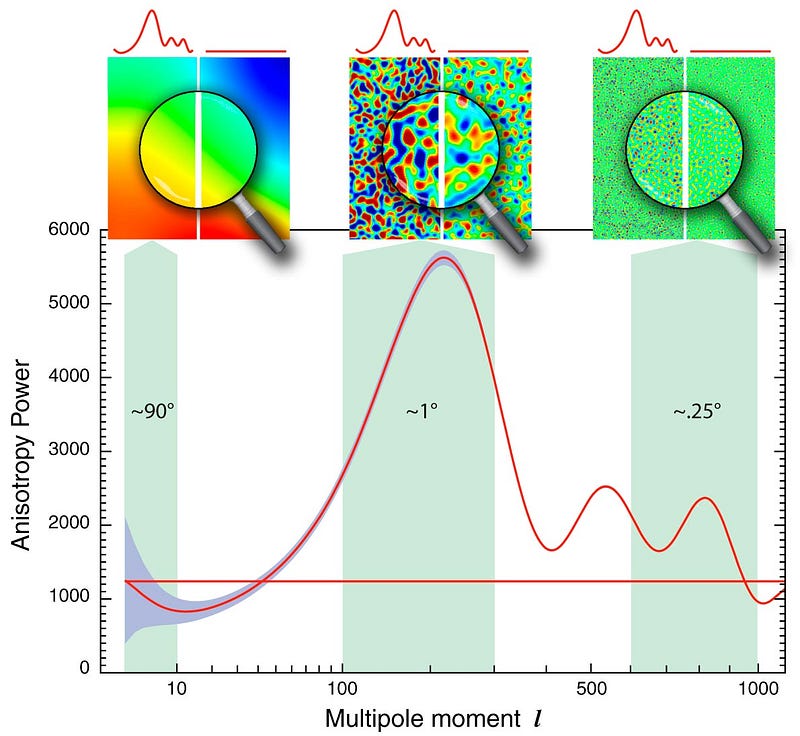
4.) A Universe where the spectrum of fluctuations were just slightly less than having a scale invariant (n_s < 1) nature. This is a big one! Sure, inflation generically predicts that these fluctuations should be scale-invariant. But there’s a slight caveat, or a correction to that: the shape of the inflationary potentials that work — their slopes and concavities — affect how the spectrum of fluctuations departs from perfect scale invariance.
For the models we discussed that work, the ones discovered in the early-to-mid 1980s, they all predict that the spectrum of fluctuations (the scalar spectral index, n_s) should be slightly less than 1, somewhere between 0.92 and 0.98, dependent on which model you choose.

When the observations finally came in, we found that the quantity we measure, n_s, is right around 0.97, with an uncertainty today (from BAO measurements and the CMB) of about 0.012. WMAP first noticed it, and it has been one observation that has not only held up, but gotten more robust with time and improved data. It really is less than one, and that was something that only inflation had predicted.
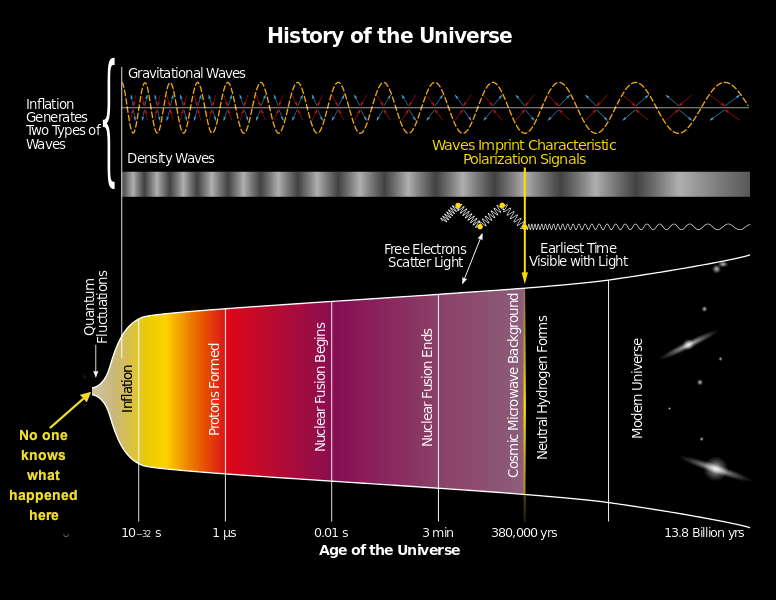
5.) And finally, a Universe with a particular spectrum of gravitational wave fluctuations. This is the last one, and the only major one that hasn’t yet been confirmed. Some models — like Linde’s chaotic inflation model — give large-magnitude gravitational waves (the kind that would’ve been seen by BICEP2), while others, like the Albrecht-Steinhardt model, can give very small-magnitude gravitational waves.
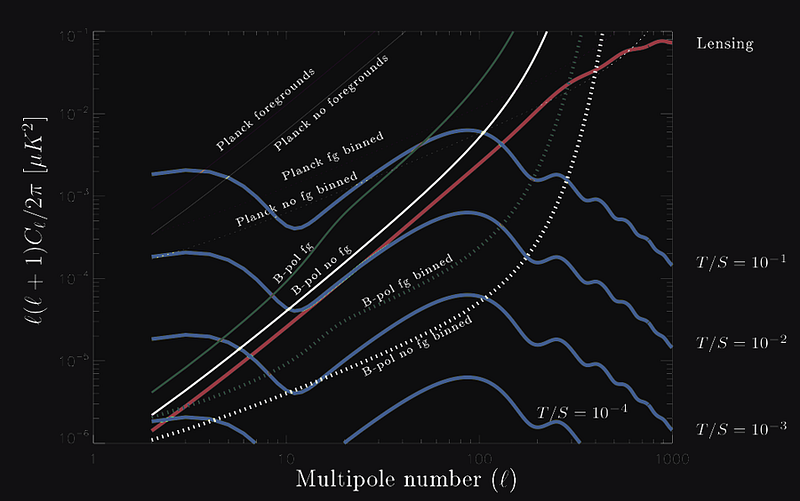
We know what their spectrum should be and how these waves interact with the fluctuations in the CMB’s polarization. The only uncertainty is their magnitude, which may be too small to be practically observable, dependent on which model of inflation is the right one.
But keep all of this in mind the next time you read an article about how inflation is speculative or how one of inflation’s founders doubts its veracity. Yes, people are going to try and poke holes in our best theories and look for alternatives; that’s what we do as scientists.
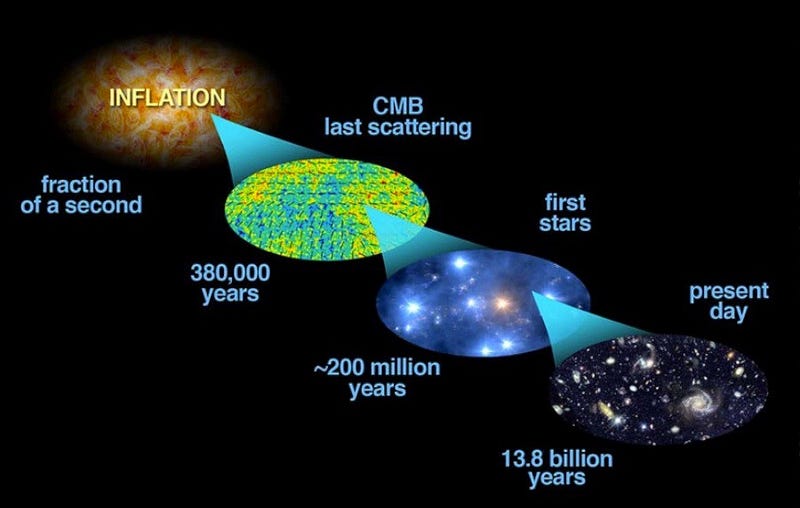
But inflation is not some theoretical behemoth that’s disconnected from observables. Rather, it made five new predictions, and we’ve confirmed four so far! It may also have predicted things we haven’t yet figured out how to observe, like a multiverse, but that doesn’t take away from its successes in the least.
Cosmic inflation isn’t speculative anymore. Thanks to our observations of the CMB and the large-scale structure of the Universe, we’ve been able to confirm exactly what it predicted. It was the very first thing that we know of that occurred in our Universe, it set up (and happened before) the Big Bang. And stay tuned: there’s possibly even more to come!
Leave your comments at our forum, and support Starts With A Bang on Patreon!





